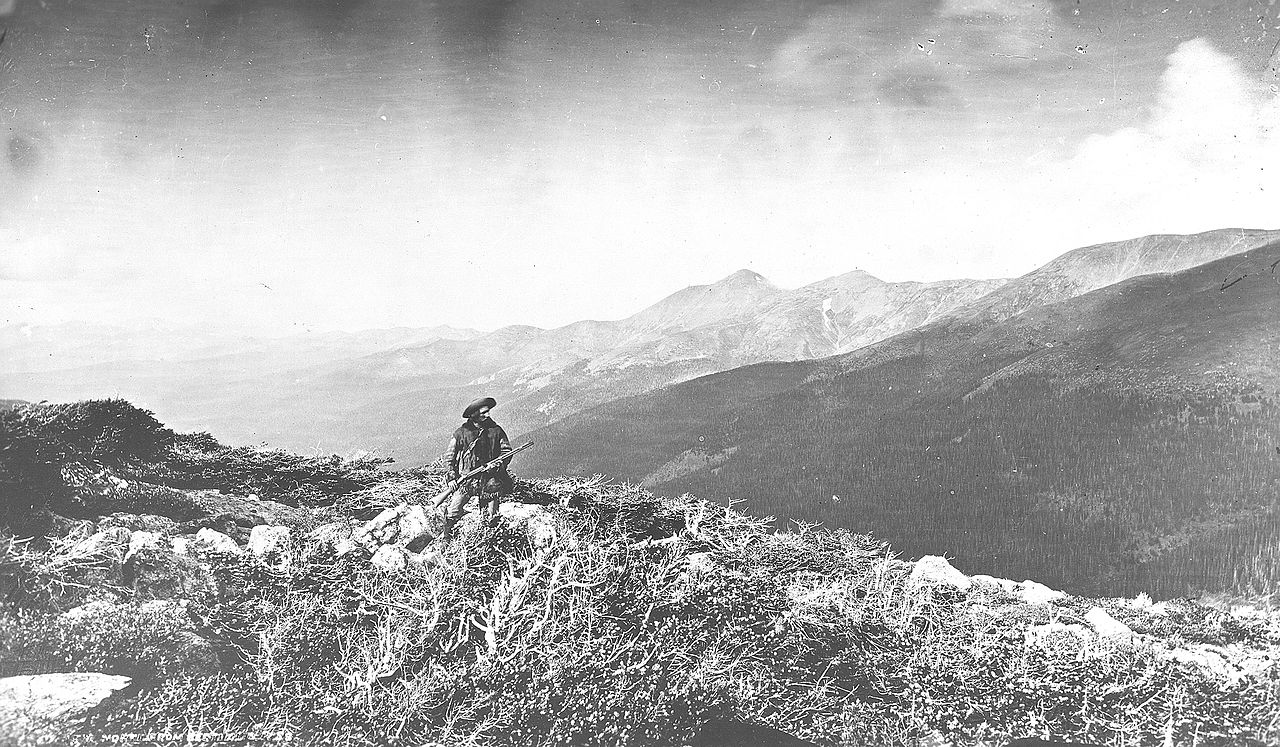
Being a fan of Daryl Dixon on The Walking Dead, I was curious how you learn to become a tracker. I found some information on the subject in the book “Mountain Scouting – A Hand-Book for Officers and Soldiers on the Frontiers” by Edward S. Farrow, 1881. I’ll break the information I found into segments. The content isn’t politically correct by today’s standards but taken in the context of the times, it makes for an interesting read. I found the Indian usage of stone mounds to be a particular point of interest. Let me know if you have any additional tips on the subject in the comments.
THE TRAIL, SIGNS AND SIGNALS.
From “Mountain Scouting – A Hand-Book for Officers and Soldiers on the Frontiers” by Edward S. Farrow, 1881.
The difficult art of trailing or tracking is of great importance in Indian warfare.
While it is impossible for most white men to acquire this faculty, the constant exercise of the bump of locality through successive generations and the thorough investigation of every ‘sign,’ have rendered all savages sure guides over boundless prairies and through pathless forests.
A ‘trail’ is made up of various ‘signs’ or evidences that something has been present. All marks left on the ground, rocks, grass, trees or brush — the form, size, stride and directions of footprints and the firmness of impression, should be carefully noted. It should be made an invariable rule, when halting or camping, to make a reconnaissance of the ground in the neighborhood, with a view to ascertaining if any living thing is near or has lately passed.
From raising chickens to planting the harvest, make your busy life a little simpler with proven, durable tools from Lehman’s.
LOST WIT AND WISDOM IS A PROUD AFFILIATE OF LEHMAN’S
The footprints of animals, their gait and direction, whether slowly walking (as in the act of feeding) or running (as when frightened), are all significant ‘signs.’
Much valuable information may be obtained by carefully observing ‘signs’; but to follow a trail successfully, one must not only possess a thorough understanding of all ‘signs,’ but also a knowledge of the character and habits of the thing trailed, the general features of the country round about, and the powers of the eye and ear must be cultivated to a great degree of acuteness.
The Indian well knows that the ‘trail’ is his principal weakness, and is never at a loss to resort to some ruse to complicate it, such as traveling over rocks and along the channels of streams, etc. He seldom thinks of danger ahead, but always keeps a proper rear guard in position, and strongly fortifies his camp toward the rear.
When closely pursued, a party of Indians will scatter and travel singly or in small detachments; and usually when the pursuers follow a single detachment, it will travel over the roughest and almost impracticable country, and make a detour of many miles.
When the ‘trail’ is leading toward some pass, saddle or low ridge or well defined landmark and suddenly becomes indistinct, it is generally safe not to expend time in hunting it; but to push rapidly on to the pass, etc., where the ‘trail’ will in all probability be found again. Before scattering, a point for concentrating is generally agreed upon.
When traveling over an unknown country, the Indian is guided by his nomadic instinct and the information received from those who have visited the section before. This fund of knowledge is very great. One of my Indian scouts (Chuck) in 1880, became quite noted for the accuracy with which he could designate suitable camps and various physical features of the country, relying entirely upon the information received from his father, who hunted in the same localities many years ago.
Traveling Indians usually set up mounds of stones to indicate the route and various other items of information, to those who may follow. In a timbered country, where the ‘trail’ is frequently covered with snow, the stones are placed in the forks and branches of the trees; or, the trees are blazed so that the notches face the traveler and at least two of them may be in sight at once.
The Indian seldom refers to the sun, moon or stars for his direction when traveling; but places his confidence in something nearer at hand, which he believes to remain in the same place and which he thoroughly comprehends.
Note from Lost Wit and Wisdom: I found some interesting information about Harry Yount, a mountain man and professional hunter, who is pictured in the image above. Click on this link to read more about him.